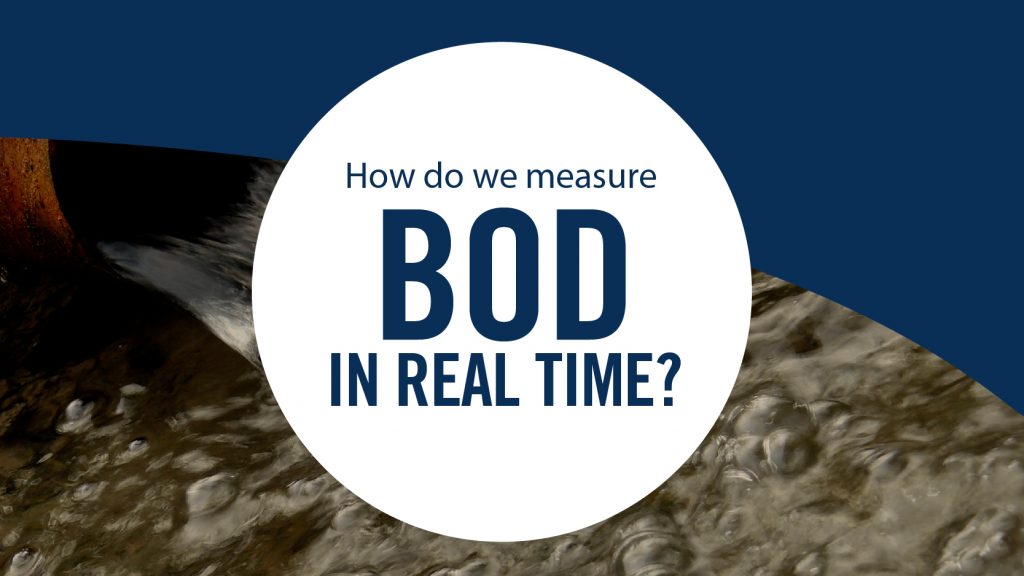BEER-LAMERT LAW
The relationship between absorbance and concentration is defined by Beer-Lambert Law (or Beer’s Law). Beer’s Law states that the absorbance of light absorbing matter in water is directly proportional to its concentration, expressed by the following equation:
A = ε•b•c
where ε is the molar absorbtivity of the particular type of matter in the water sample, b is the path length of the water sample, and c is the concentration of matter in the water sample.
Therefore, as an example, if the concentration of organic material in the water were to double, then the UVA would also double. An important note to make is that UV transmittance (UVT) does not have a linear relationship with concentration, therefore if the purpose of monitoring is to determine concentration, absorbance would be a more direct parameter to record.
WHAT ABSORBS LIGHT IN WATER?
Many different compounds and substances absorb light including organic matter (BOD, COD, TOC, DOC, UV254), nitrate, nitrite, colour, colloidal solids, certain metals, pesticides, surfactants, diesel fuel and many others. Each substance has its own unique absorbance profile in the light spectrum, therefore if the profile is known then the appropriate wavelengths in the light spectrum can be used to measure that substance. The below figure display the absorbance region of several common water quality contaminants.
ABSORBANCE AND CONCENTRATION FOR WATER QUALITY MEASUREMENT
Because of this relationship, absorbance instrumentation can be programmed to output a concentration value, in mg/L or ppm, using a calibration. Most absorbance instruments come with a starter factory calibration for the parameters or compounds of choice, which can be further refined on-site to improve the accuracy and reliability if necessary.
To further simplify the use of absorbance instruments, some manufacturers, such as Real Tech, have created dedicated products for common water quality parameters such as BOD/COD, TOC/DOC, nitrate, nitrite, and others that have the wavelengths pre-selected and calibrations pre-programmed so the user can easily select a product that meets their detection demands.



